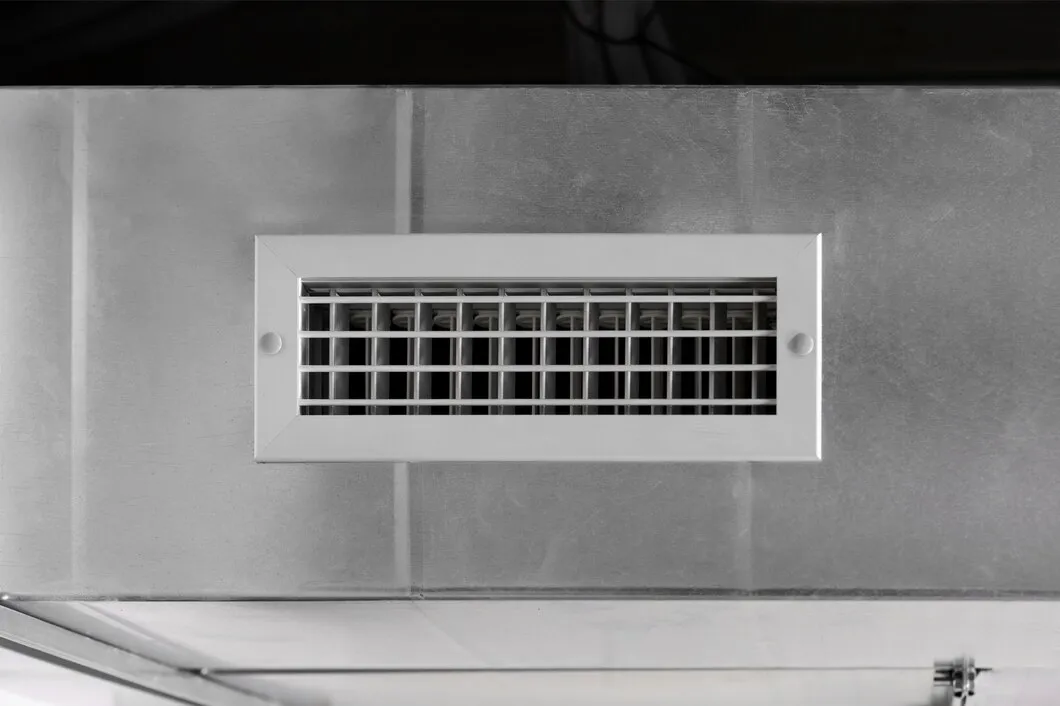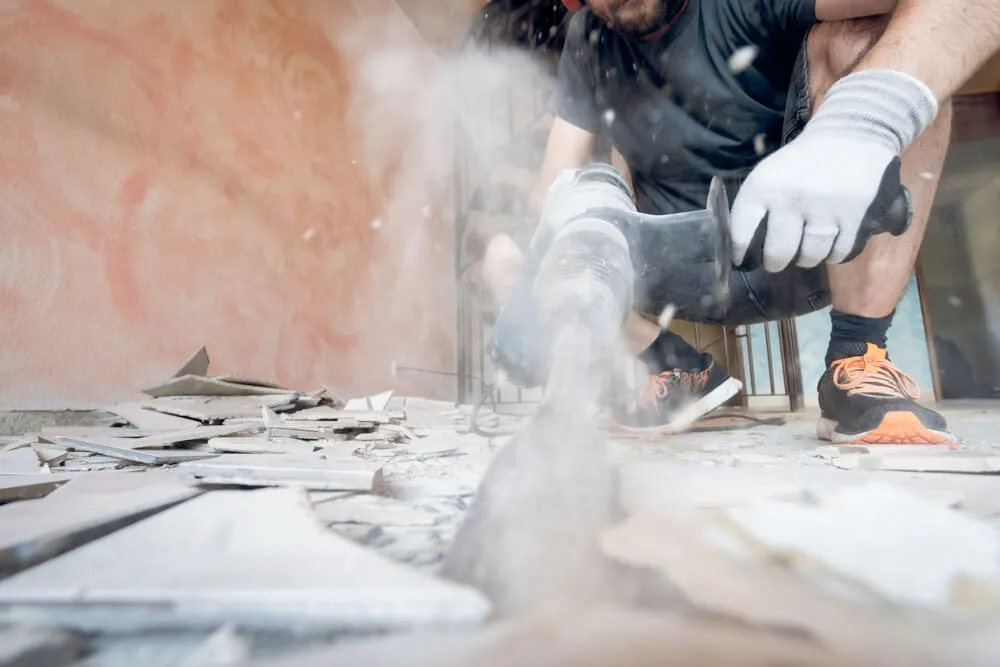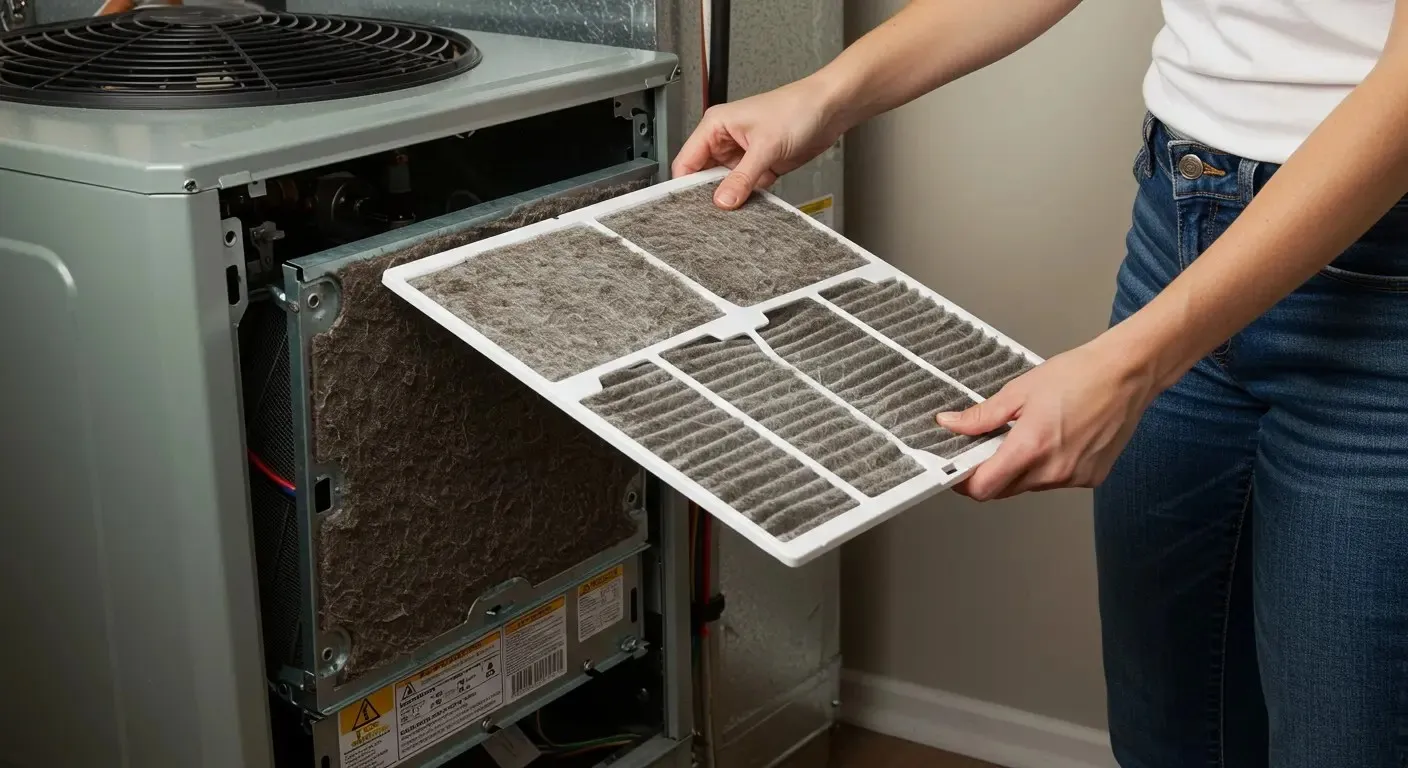
Your Heating, Ventilation, and Air Conditioning (HVAC) system is one of the most crucial elements in your home. Many people don’t appreciate the convenience of their HVAC system until the thermostat stops working. If you want to learn more about the importance and convenience of the modern HVAC system, a quick history will help!
Today, the team at Superior Air Duct Cleaning gives a brief history of HVAC systems and reflects on how much the industry has evolved over the years.
Related Post: How Does an Air Duct System Work?
A Look at History
The mid-1700s completely transformed the HVAC industry, mainly due to Benjamin Franklin’s development of the first Franklin wood stove. James Watt’s steam engine also expedited the Industrial Revolution, as he made the engines more efficient and cheaper to run. Around this time, water heating systems were on the upswing as well.
Franklin’s and Watt’s developments created a ripple effect in the industry that continued through the following century. In the 1830s, Dr. John Gorrie came up with the idea for a cooling system. His machine used compression to create buckets of ice, where the air was blown over the ice, and the surrounding area became cooled. Dr. Gorrie’s invention paved the way for future advancements in the HVAC industry.
After Gorrie came Thomas Edison, who patented the lightbulb in 1880. A few years later, Warren S. Johnson patented the first thermostat, and rapid progress was made in both heating and cooling at the start of the 20th century.
Related Post: The Average Lifespan of HVAC Systems
Timeline Of Memorable Modern Events
1902: Willis Carrier, who is considered the inventor of modern air conditioning, created a machine that helped keep paper from being damaged by humidity during manufacturing. Similar to Dr. Gorrie’s machine, air blew over cold coils to control the temperature.
1905: Albert March discovered the alloy chrome, which gave electric heaters the resistance wire they needed in order to work.
1925: This was when air conditioning went to the movies. Since the theater’s audience size and profits were both decreasing, Carrier convinced the Rivoli Theater in New York City to add one of his air conditioning systems. It was a great success, as many crowds gathered to not only take in a movie but also enjoy cool relief from the sweltering summer heat.
1931: Inventors H.H. Schultz and J.Q. Sherman created the first individual air conditioning unit made to perform on window ledges. The public had access to these devices, but the units were too expensive for most people.
1935: Scientists invented convection wall heaters that used a coal furnace, electric fan, and ductwork throughout a home.
1939: Packard became the first automobile manufacturer to offer an air conditioning unit in its cars.
1940s: Robert C. Webber created and popularized the direct exchange ground-source heat pump.
1950s: Air conditioners began to show major improvements from the early days of Carrier’s system. During the post-WWII economic boom, millions of AC units were installed in homes across the country.
1970s: Air conditioning was revolutionized during the 1970s. Ductless air conditioning systems were offered as an alternative to standard portable AC units. This new system allowed air conditioners to be used in ceilings and walls, instead of just windows. A new refrigerant called Freon was developed, which improved efficiency and gave homeowners a new level of comfort.
1970s: The energy crisis propelled the federal government to invest in HVAC research and technology. The cost of fuel had escalated, and America encountered a shortage of energy.
1994: Freon’s chemical compounds were causing a depletion of the ozone layer. Freon was banned in many countries, and scientists searched for more environmentally friendly coolants. Over the next decade, the federal government invested millions of dollars into research on air conditioning and refrigeration improvements.
2000: The upgrading of smart technologies allows homeowners to monitor temperature and control HVAC systems in their homes remotely. By 2007, 86% of American homes featured air conditioning.
Present Day
When you think of today’s advanced HVAC technology, you have to credit American resourcefulness. Variable fan speeds and multiple stages of heating and cooling are two exceptional advances. The development of energy-efficient technology has led to a surging number of HVAC variations in homes everywhere. Internet-connected systems are perhaps the most impressive recent creations, which allow consumers to control HVAC operation and airflow via smartphone apps.
Related Post: Why Air Duct Cleaning Is Needed Now and in the Future
Trust Superior Air Duct Cleaning
Has it been a while since you last had your air ducts cleaned? If so, let Superior Air Duct Cleaning help. When you choose Superior Air Duct Cleaning, you’re choosing a company that’s certified by the National Air Duct Cleaners Association. We strive to be the most advanced team of air duct cleaners around. Contact us in western PA or eastern OH today to experience our superior service.

Customer Reviews





Addressing Excessive Dust in Your Coraopolis Office Building

What Whistling Sounds from Your Wexford Vents Indicate

Combating Summer Humidity with Clean Air Ducts in Youngstown

Troubleshooting Burning Smells from Your Ellwood City Dryer Vent

How Restaurant Duct Contamination Affects Food Quality in Cranberry Township

Addressing Musty Odors from Your Canfield Air Ducts

Why Your Air Ducts in Wexford Are Making Popping Sounds

The Hidden Dangers of Lint Buildup in Youngstown Dryer Vents

Why Your Energy Bills Rise with Dirty Vents

Solving Common Dryer Performance Issues in Austintown

Fixing Uneven Airflow Problems in Wexford Homes

Why Your Austintown Dryer Is Overheating: Vent Obstruction Signs

What Makes Professional Duct Cleaning Different in Youngstown

Managing Spring Allergies with Clean Air Ducts

Slow-Drying Clothes: A Sign Your Dryer Vent Needs Attention

Signs of Animal Nesting in Your Ellwood City Dryer Vent

How Poor Duct Maintenance Affects Your Canfield Home

Removing Pet Dander from Your Home's Air Ducts

Common Causes of Air Duct Leaks in Older Homes

Why Dust Keeps Appearing in Your Coraopolis Home

How Dirty Ducts Impact Your Business Operations

Why Your Gibsonia Dryer Takes Longer to Dry Clothes

How Often Should Wexford Homeowners Clean Their Ductwork

Warning Signs Your Dryer Is Not Venting Properly

Black Spots in Air Vents: Addressing Mold Growth Problems

What Happens During a Professional Ductwork Inspection in Mars

Spring Cleaning Your Air Ducts: What You Need to Know

The Link Between Breathing Problems and Dirty Air Ducts

Health Benefits of Clean Air Ducts for New Castle Residents

How to Spot Dryer Vent Blockages in Your Youngstown Home

Air Quality Issues in Office Buildings: When to Clean Commercial Ducts

Common Air Quality Problems That Duct Cleaning Solves in Wexford

Strange Noises from Your Dryer Vent: What They Mean

What Air Pollutants Can Professional Duct Cleaning Remove in Canfield

How Clogged Dryer Vents Increase Fire Risk in Sewickley Homes

Understanding the Benefits of Professional Dryer Vent Cleaning

How Air Duct Cleaning Can Improve Your HVAC System Efficiency

Why Regular Duct Cleaning is Essential for Home Air Quality

The Necessity of Commercial Duct Cleaning Explained

Duct Disinfecting & Deodorizing

Preventing Home Hazards with Our Dryer Vent Cleaning Services

How Air Duct Cleaning Boosts Indoor Air Quality

Understanding the Role of a Duct Cleaning Company in Home Maintenance

Why You Need Our Skilled Duct Cleaning Professionals

The Steps Our Technicians Follow in Ductwork Cleaning

Benefits of Whole House Sanitizing for Healthier Living

Why Dryer Vent Cleaning is Important for Home Safety

Whole House Sanitizing: Keeping Your Home Safe and Clean

When to Schedule Air Duct Cleaning for Optimal Performance

Dryer Vent Cleaning: Essential for Preventing Fires

The Impact of Commercial Duct Cleaning on Workplace Health

How Air Duct Cleaning Enhances Your Home's Atmosphere

Whole House Sanitizing: Ensuring a Healthier Living Space

Preventing Risks with Our Dryer Vent Cleaning Services

How to Know When Your Home Needs Our Duct Cleaning Services

Essential Reasons for Scheduling Air Duct Cleaning Today

Prevent Fire Hazards with Professional Dryer Vent Cleaning

Understanding the Importance of Air Duct Cleaning Services

How Professional Dryer Vent Cleaning Prevents Home Fires

The Importance of Regular Dryer Vent Cleaning for Home Safety and Efficiency

The Process and Benefits of Thorough Ductwork Cleaning

The Benefits of Air Duct Cleaning Services for Your Home

The Benefits of Commercial Duct Cleaning for Your Business

Understanding the Difference Between Residential and Commercial Duct Cleaning Services

Guard Against Germs: The Advantages of Whole-House Sanitizing Services

The Impact of Residential Duct Cleaning on Indoor Air Quality and Overall Health

Enhancing Workspace Health: The Benefits of Routine Commercial Duct Cleaning

How Regular Duct Cleaning Can Impact Your Home’s Energy Efficiency

Strategies to Maintain Air Purity in Large Workspaces Through Commercial Duct Cleaning

Comprehensive Guide to Reducing Allergens with Professional Duct Cleaning Techniques

Freshen Your Space: Professional Duct Disinfecting and Deodorizing Explained

Maximize Home Air Quality with Professional Residential Duct Cleaning

Experience Superior Whole-Home Disinfection Services for a Cleaner, Healthier Environment

Importance of Regular Dryer Vent Cleaning for Safety and Efficiency

Commercial Duct Cleaning: An Investment In Your Business' Health And Success

How To Prevent Mold Growth In Your Air Ducts: Expert Tips For A Healthier Home

Is Mold Always Visible?

The Most Common Questions About Dryer Vent Cleaning: Answers From the Experts

The Ultimate Guide To Residential Air Duct Cleaning: Enhance Your Home's Air Quality

How Often Should You Clean Your Air Ducts?

Managing Pet Ordors Dender

What Does An Air Duct Inspection Include?

How to Choose a Duct Cleaning Company: 10 Questions to Ask

4 Ways Your Dirty Air Ducts Are Costing You Money

Top Benefits Of Air Duct Cleaning For Universities & Schools

A Guide To Air Duct Cleaning Equipment

Is Sanitizing Air Ducts Worth The Money?

4 Dangerous Warning Signs Your Dryer Vent Is Clogged

Easy Ways To Keep Your Home Mold Free

How Whole Home Sanitization Staves Off Fall Allergies

DIY Guide To Attic Insulation Removal: Tips And Tricks
.webp)
5 Must-Know Facts Before Buying Air Duct Cleaning Services

Air Duct Cleaning Tips After Home Renovation Or Construction

Natural Home Deodorizing Tips To Kill Bad Odors

Superior Air Duct Covers the Top Air Duct Cleaning Scams to Avoid

How Long Will A Dryer Last?

What Causes Humidity In Air Ducts?

The Path To Becoming A Certified Dryer Exhaust Technician, Superior Air Duct

The Process To Obtaining An Air Duct Cleaning License





